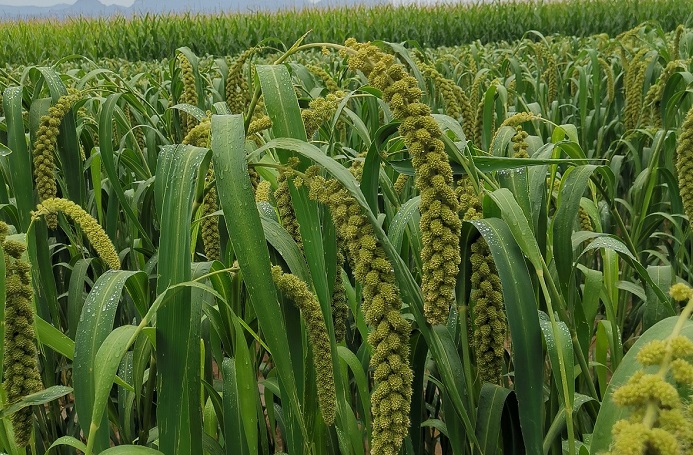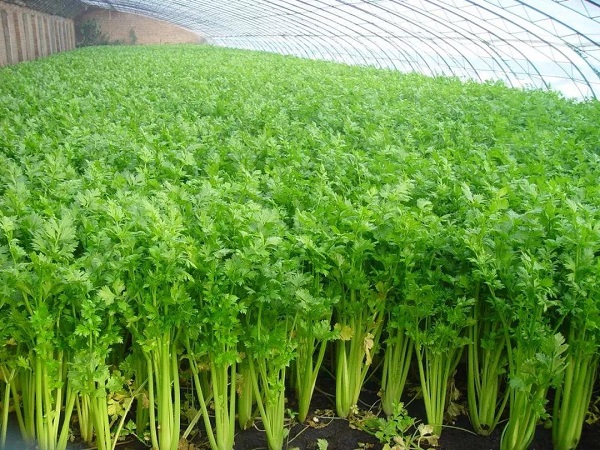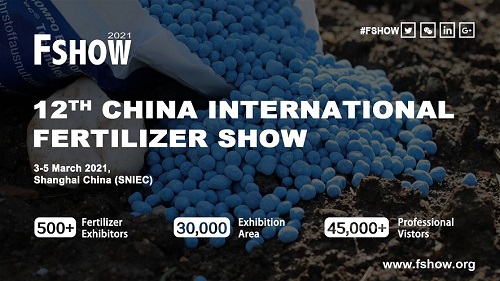
Exhibition time: 17-19 March, 2026 Shanghai, China
 中文
中文

Exhibition time: 17-19 March, 2026 Shanghai, China
 中文
中文
Chloride is an essential micronutrient and all crops require Chloride in small quantities. However, it is often associated with salinity damage and toxicity.
UPTAKE OF CHLORIDE BY PLANTS
Crops differ both in their chloride requirements as well as in their tolerance to chloride toxicity.
Plants take up chloride as Cl- ion from soil solution. It plays some important roles in plants, including in photosynthesis, osmotic adjustment and suppression of plant disease.

However, high concentrations of chloride can cause toxicity problems in crops and reduce the yield. The toxicity results from accumulation of chloride in the leaves.
TOXICITY SYMPTOMS
Common symptoms of chloride toxicity in plants include necrosis of leaf margins and tips, which typically occur in older leaves first. Excessive leaf burn might eventually result in leaf drop.
However, it might be difficult to diagnose chloride toxicity. It is often hard to distinguish whether the toxicity symptom is directly related to chloride or to other elements that are usually absorbed together with it (e.g. Sodium).
Chloride can also cause leaf damage when deposited on leaves in overhead irrigation.

CHLORIDE SUPPLY TO PLANTS
In many cases, more than a sufficient amount of chloride is supplied from the atmosphere and precipitation, as rainwater usually contains a low concentration of Cl. Therefore, chloride might become a limiting factor for plant growth in areas that are far from the sea.
The natural sources of chloride in groundwater include weathering of rocks, atmospheric deposition and precipitation. In coastal, arid and semi-arid areas, the available groundwater is saline.
Since the Chloride is an anion (carries a negative charge) it does not adsorb to soil particles and moves readily with the water in the soil.
Therefore, water quality and irrigation management are the major factors that affect chloride concentrations in soil.
Water of low to medium salinity contains 100-300 mg/liter (=grams/cubic meter) of chloride.
For example, if the water contains 100 mg/liter Cl, irrigation of 30,000 liter/ha/day (will result in an addition of 1095 kg/ha/year (977 lbs./acre/year):
100 mg/liter X 30,000 liter/ha/day X 365 days / 1,000,000 mg/kg = 1095 kg/ha/year.
Chloride is also constituent of some fertilizers. For example the most common fertilizer containing chloride is KCl (muriate of potash), which contains 47% chloride and 53% K.
Fertilizing with 500 kg/ha KCl will result in application of 235 kg/ha of chloride.
Other chloride containing fertilizers include: CaCl2, NH4Cl and MgCl2.

CHLORIDE IN SOIL ANALYSIS
Since chloride does not bind to soil particles, its level in soil is tested in an aqueous soil extract, like the saturated paste, 1:2 extract (1 volume soil to 2 volumes distilled water), 1:5 extract etc.
IRRIGATION MANAGEMENT
Using water that contain chloride requires appropriate practices in order to keep the chloride level in the soil below the threshold level tolerated by the crop. Excess chlorides should be leached below the active root zone.
Water containing chloride concentration of less than 150 mg/l of chloride are safe for most crops, provided that proper irrigation management practices are applied.

SUMMARY
Although chloride is an essential micronutrient it is often overlooked as a plant nutrient.
A positive response to application of fertilizers containing chloride have been reported in different crops in many parts of the world.
Chloride, at high concentrations, might be toxic to many crops and contributes to the overall salinity. Proper irrigation and fertilization management practices should be taken into consideration where the irrigation water contain high concentration of chlorides.
Recommends the ideal fertilizer mixture/ blends
Saves up to 50% on fertilizer costs
Comprehensive data on hundreds of crop varieties
Interprets test results for any extraction method
From SMART Fertilizer Software
